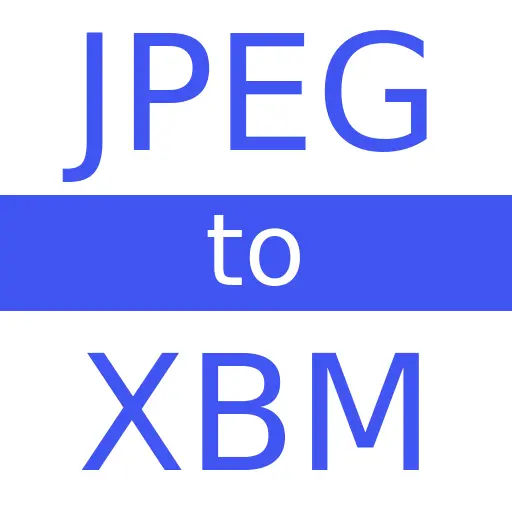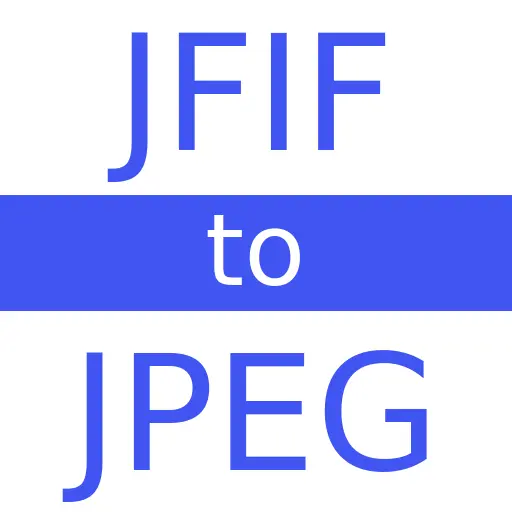JPEG to XBM
Convert JPEG to XBM (Fast & Free)
JPEG to XBM Converter Tool - Your Day to Day Companion for High Quality Conversions
Hi there, and welcome to ProConvert! On this page you can easily change JPEG to XBM with the help of our free, fast and secured online converter. JPEG to XBM Converter Tool can be used with no limits or hidden charges. Don't forget, you can use the forum section below if you have any question for us or, leave us a rating in the ratings section so others can see what performant tools we have in place for free.
(or click to select files)
F.A.Q. / Frequently Asked Questions about JPEG to XBM
Curious about how our platform works? ProConvert team got all your questions together and created the following Frequently Asked Questions section. Here you can find useful information about us. Don't see your question here ? Leave a question or a comment in the forum section and our team will help you as soon as possible.
File conversions were never that easy before. But good for you! ProConvert is here and gives you support and full access to convert or change JPEG to XBM any time, with no limits or charges. Everything is free, created for your needs.
- Select JPEG files you want to convert, from your computer or drag and drop it on the page.
- Press the "Convert" button in order to convert JPEG to XBM.
- When the conversion is completed, click "Download" on the desired converted XBM file.
Useful information about JPEG
| Extension: | JPEG |
|---|---|
| Name: | Joint Photographic Experts Group |
| Mime Type: | image/jpeg |
| Converter: | JPEG Converter |
| Description: | JPEG is a commonly used method of lossy compression for digital images, particularly for those images produced by digital photography. The degree of compression can be adjusted, allowing a selectable tradeoff between storage size and image quality. JPEG typically achieves 10:1 compression with little perceptible loss in image quality. Since its introduction in 1992, JPEG has been the most widely used image compression standard in the world, and the most widely used digital image format, with several billion JPEG images produced every day as of 2015. The term 'JPEG' is an acronym for the Joint Photographic Experts Group, which created the standard in 1992. JPEG was largely responsible for the proliferation of digital images and digital photos across the Internet, and later social media. JPEG compression is used in a number of image file formats. JPEG/Exif is the most common image format used by digital cameras and other photographic image capture devices; along with JPEG/JFIF, it is the most common format for storing and transmitting photographic images on the World Wide Web. These format variations are often not distinguished, and are simply called JPEG. The MIME media type for JPEG is image/jpeg, except in older Internet Explorer versions, which provides a MIME type of image/pjpeg when uploading JPEG images. JPEG files usually have a filename extension of .jpg or .jpeg. JPEG/JFIF supports a maximum image size of 65,535×65,535 pixels, hence up to 4 gigapixels for an aspect ratio of 1:1. In 2000, the JPEG group introduced a format intended to be a successor, JPEG 2000, but it was unable to replace the original JPEG as the dominant image standard. - Source |

Useful information about XBM
| Extension: | XBM |
|---|---|
| Name: | X BitMap Image File Format |
| Mime Type: | image/x-xbm |
| Converter: | XBM Converter |
| Description: | In computer graphics, the X Window System used X BitMap (XBM), a plain text binary image format, for storing cursor and icon bitmaps used in the X GUI. The XBM format is superseded by XPM, which first appeared for X11 in 1989. XBM files differ markedly from most image files in that they take the form of C source files. This means that they can be compiled directly into an application without any preprocessing steps, but it also makes them far larger than their raw pixel data. The image data is encoded as a comma-separated list of byte values, each written in the C hexadecimal notation, '0x13' for example, so that multiple ASCII characters are used to express a single byte of image information. XBM data consists of a series of static unsigned char arrays containing the monochrome pixel data. When the format was in common use, an XBM typically appeared in headers (.h files) which featured one array per image stored in the header. - Source |
In High Demand Converters / See What Others Convert
As you might know already, we have over 2600 converter tools like JPEG to XBM on our platform. All of them are free to use and provides high quality computing for your needs. However, these are the most used converters on ProConvert at the moment.
Forum / Questions and Answers / Everything about JPEG to XBM
You got it right! Here you can ask anything about JPEG to XBM Converter Tool or any other information regarding our services. You can of course recommend us what to create further or improve as a feedback. We are eager to answer all your questions.
* The question will appear on this page once answered by one of ProConvert Team members.
There are no comments posted at the moment.


